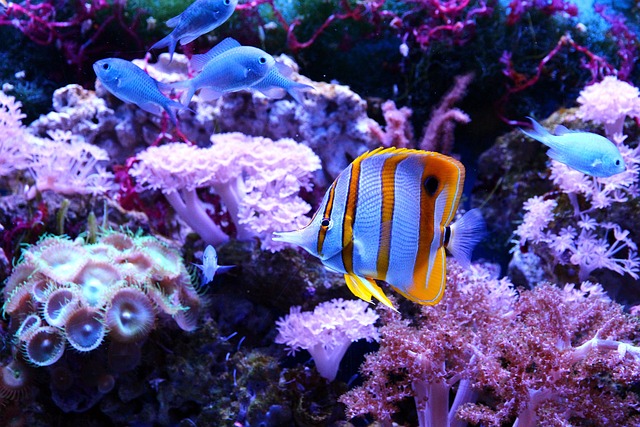If you’re looking to add some variety to your aquarium or tank, you can’t go wrong with fish that start with the letter B. There are over 30,000 species of fish and a lot more that are yet to be discovered. Among these, there are 75+ popular fish that start with B that might be a fitting match for fish parents.
- Bass (Micropterus salmoides)
- Barracuda (Sphyraena)
- Bluefish (Pomatomus saltatrix)
- Bullhead (Ameiurus melas)
- Butterfly fish (Chaetodontidae)
- Blue shark (Prionace glauca)
- Buri (Seriola quinqueradiata)
- Bichir (Polypteridae)
- Betta (Betta splendens)
- Blobfish (Psychrolutes marcidus)
Learning about these popular fish can be a fun and interesting way to gain a better understanding of marine life.
Contents
Popular Fish That Start With B
Also read:
- Popular Fish That Start with T
- Popular Fish Starting With K
- Popular Fish That Start With A
- Popular Fish That Start With M
1. Butterfly fish (Chaetodontidae)
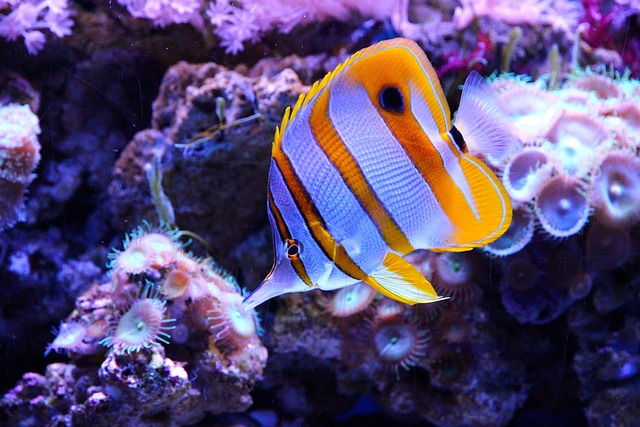
Butterflyfish are some of the most popular reef fish because of their bright colors and patterns. They are also one of the easiest fish to care for, making them a good choice for beginner aquarium owners. Butterflyfish are peaceful and can be kept with other peaceful community fish.
There are two types of butterflyfish: those that live in pairs and those that live in schools. Pairs of butterflyfish live together their entire lives and are very bonded to each other.
If one member of the pair dies, the other will often die soon after from grief. Butterflyfish that live in schools can be kept in smaller groups, but they should have at least 6-8 members in their school.
Butterflyfish are carnivores and eat mostly small invertebrates such as zooplankton, crustaceans, and worms. In the wild, they get most of their food by picking at coral polyps. In captivity, they can be fed a diet of freeze-dried brine shrimp, mysis shrimp, and finely chopped seafood.
2. Bass (Micropterus salmoides)
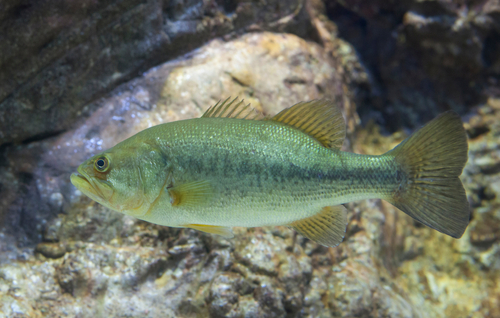
Bass belong to the Perciformes order, which contains over 27,000 species of fish. This order includes some of the most popular fish in the world, such as tuna, trout, and tilapia.
Bass are a diverse group of fish that come in many different shapes and sizes. The largest bass on record weighed in at over 22 pounds!
Bass are carnivorous fish that feed on smaller fish, crustaceans, and insects. They are known for their voracious appetites and can consume up to twice their own body weight in a single day. Bass are ambush predators and will often lie in wait for their prey to swim by before attacking.
Bass are popular sport fish and are prized for their fighting ability. They are also popular as food fish and are often consumed whole. Bass have a mild flavor with firm flesh that is easy to cook.
3. Betta (Betta splendens)
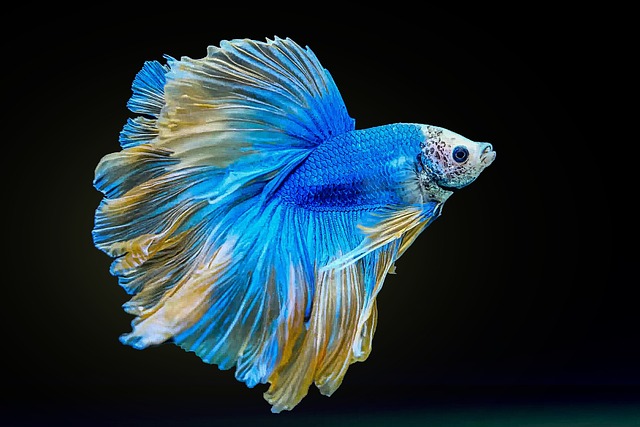
Bettas are tropical fish, so they prefer warm water. Your Betta’s tank should be kept between 76 and 82 degrees Fahrenheit. You can use a thermometer to help you keep track of the temperature of the water.
Bettas are also known as ” Siamese fighting fish.” This is because in the wild, they are aggressive towards other Bettas. For this reason, it is best to keep only one Betta per tank.
If you do decide to put more than one Betta in a tank, make sure that the tank is at least 10 gallons so that they each have enough space.
4. Blobfish (Psychrolutes marcidus)
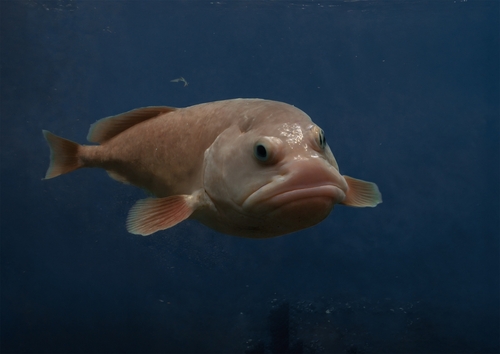
The blobfish is a deep sea fish that is found in the deep waters off the coasts of Australia and Tasmania. The average depth that these fish are found at is around 2,000 to 3,000 feet below the surface of the water.
The blobfish is not a fast swimmer and therefore does not have much muscle. Instead, it uses its gelatinous body to sink to the bottom of the ocean where it feeds on small crustaceans and mollusks.
The blobfish has several unique physical characteristics that allow it to survive in its deep sea habitat. One of these is its large mouth which can open up to three times the size of its head. This allows the blobfish to eat large prey items.
Another adaptation is its lack of swim bladder. Most fish have a swim bladder which helps them to control their buoyancy. However, the blobfish does not have this and as a result, it is much more dense than water. This allows the blobfish to sink to great depths where other fish cannot go.
5. Barracuda (Sphyraena)
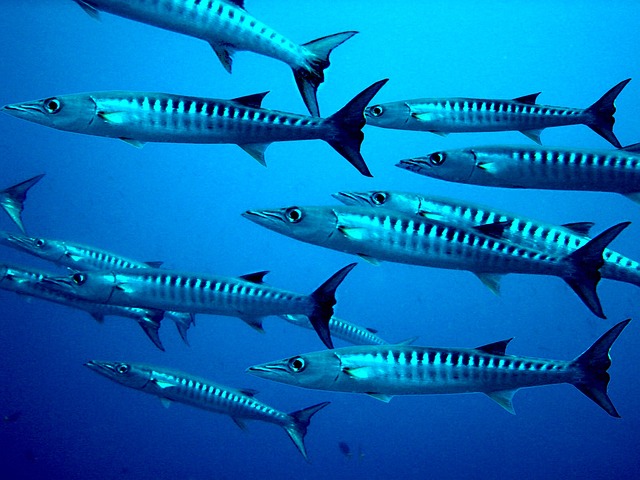
The Barracuda is a large, predatory fish that is found in tropical and subtropical waters around the world. The Barracuda is a member of the Sphyraenidae family, which includes other large fish such as the swordfish and marlin.
Barracudas are known for their long, torpedo-shaped bodies and sharp teeth. They are excellent swimmers and can reach speeds of up to 35 miles per hour!
Barracudas are apex predators, which means they are at the top of the food chain. Their diet consists mostly of smaller fish, squid, and crustaceans. Barracudas are opportunistic feeders and will eat just about anything they can fit into their mouths!
Barracudas are most commonly found in shallow, coastal waters. However, they can also be found in open ocean waters and even rivers. Barracudas vary in size depending on the species, but they can grow to be up to 6 feet long!
Barracudas are not considered to be a threat to humans. However, they have been known to attack swimmers if they feel threatened or if they mistake a person for prey.
If you are ever swimming in waters where barracudas are known to live, it is important to be aware of your surroundings and avoid swimming alone.
6. Bullhead (Ameiurus melas)
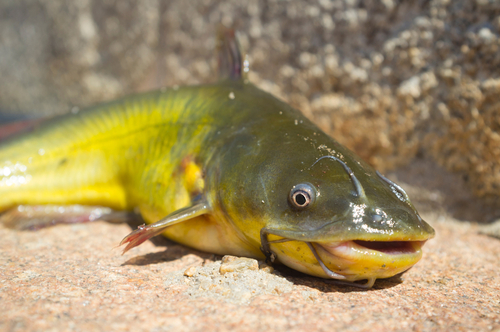
Bullhead fish are a type of freshwater catfish that are native to North America. They get their name from the large, fleshy bumps on their head, which are used to detect prey.
Bullhead fish are bottom-feeders and prefer to live in slow-moving waters, such as ponds and lakes. These hardy fish are relatively easy to care for and make a great addition to any aquarium.
There are three main types of bullhead fish: black bullhead, brown bullhead, and yellow bullhead. Black bullhead fish are the largest of the three, reaching up to 24 inches in length.
Brown bullhead fish are smaller, averaging 12-18 inches in length. Yellow bullhead fish are the smallest of the three, only growing to be about 6-12 inches long.
Appearance
All three types of bullhead fish have a similar appearance. They have a broad, flat head with large eyes set close together. Their mouth is wide and contains both barbels (sensitive whisker-like organs) and maxillary barbels (whisker-like organs near the corners of the mouth).
The body of a bullhead fish is stout and elongated, with a thick layer of tough skin covered in small scales.
The fins are rounded and the tail is forked. The coloration of bullheads varies depending on the species; black bullheads are black or dark brown, brown bullheads are brown or olive-green, and yellow bullheads are yellow or golden-brown.
Habitat and Diet
Bullhead fish live in slow-moving freshwater bodies of water, such as ponds, lakes, rivers, and streams. They prefer waters with soft bottoms (such as mud or sand) where they can easily dig for food.
Bullheads are omnivorous and will eat just about anything they can find, including insects, crustaceans, mollusks, small fishes, algae, and plants.
7. Blue shark (Prionace glauca)
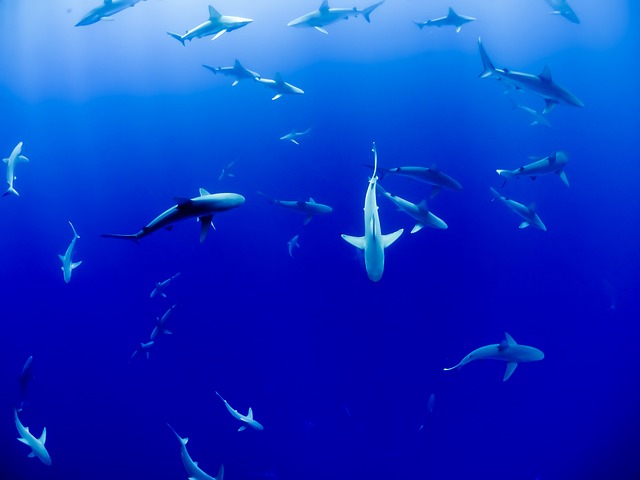
Blue sharks are relatively small compared to other shark species; they typically grow to be between 6 and 12 feet in length. They get their name from their blue-gray coloration, which helps them blend in with the open ocean waters where they live.
Blue sharks are found in all major oceans around the world and can dive to depths of over 3,000 feet.
Blue sharks are known for being curious and bold, and they’re not afraid to approach humans. This can sometimes lead to dangerous encounters, but it’s important to remember that blue sharks almost never attack humans unless they feel threatened.
If you do find yourself in the presence of a blue shark, the best thing to do is stay calm and avoid making any sudden movements.
8. Bluefish (Pomatomus saltatrix)
Did you know that the Bluefish is one of the fastest and most ferocious predators in the ocean? They have been known to reach speeds of up to 50 miles per hour when they are attacking their prey!
And once they set their sights on something, they will not give up until they catch it. This tenacity has earned them the nickname “The Piranha of the Sea.”
Another interesting fact about Bluefish is that they are migratory creatures. Every year, they travel thousands of miles from their homes in the tropical waters to cooler waters farther north.
And every year, they return to their homes in the tropics. Scientists believe that they make this journey so that they can mate and raise their young in waters that are free from predators.
9. Buri (Seriola quinqueradiata)
The buri fish is a type of fish that is found in the waters around Japan. It is a member of the mackerel family and is known for its delicious taste.
The fish is often used in sushi and sashimi, and it is also a popular ingredient in many Japanese dishes.
The buri fish has a silver-colored body with dark stripes running along its sides. It has a large mouth with sharp teeth, and its fins are edged with black. The fish can grow to be quite large, and it can weigh up to 15 pounds.
Buri fish is a popular food source in Japan because of its delicious taste. The flesh of the fish is firm and oily, and it has a sweet flavor. The Fish is often smoked or grilled before being eaten, and it can also be used in soups and stews.
10. Bichir (Polypteridae)
The Bichiri fish is a popular food fish in Brazil. It is often fried or grilled, and it has a mild flavor that is similar to tilapia. The Bichiri fish is also popular as a pet fish, and it is often kept in freshwater aquariums.
The Bichiri fish is a peaceful fish that gets along well with other aquarium inhabitants.
The Bichiri fish is native to the Amazon River basin. It prefers slow-moving waters and can be found in rivers, lakes, and ponds. The Bichiri fish is an omnivore, and its diet consists of insects, small crustaceans, and plant matter.
The Bichiri fish reproduces by laying eggs in the water. The female Bichiri fish can lay up to 2000 eggs at a time. The eggs hatch after about 48 hours, and the fry are able to fend for themselves immediately.
Freshwater fish that start with the letter B:
1. Blackfish (Dallia pectoralis)
2. Barbel (Barbus barbus)
3. Bluntnose minnow (Pimephales notatu)
4. Burbot (Lota lota)
5. Bandfish (Cepolida)
6. Black mackerel (Nealotus tripes)
7. Bigscale (Myripristis berndti)
8. Barbeled dragonfish (Stomiidae)
9. Bronze corydoras (Corydoras aeneus)
10. Bombay duck (Harpadon nehereus)
11. Barracuda (Sphyraena)
12. Brook stickleback (Culaea inconstans)
13. Burrowing goby (Croilia mossambica)
14. Bumblebee goby (Brachygobius xanthozonus)
15. Bluefish (Pomatomus saltatrix)
16. Bull trout (Salvelinus confluentus)
17. Beaked salmon (Gonorynchus)
18. Black angelfish (Pterophyllum scalare)
19. Beachsalmon (Leptobramidae)
20. Black scabbardfish (Aphanopus carbo)
21. Blue gourami (Trichopodus trichopterus)
22. Butterfish (Peprilus triacanthus)
23. Black bass (Micropterus salmoides)
Saltwater fish that start with B

- Buri (Seriola quinqueradiata)
2. Blacktip reef shark (Carcharhinus melanopterus)
3. Butterfly ray (Gymnura micrura)
4. Bonytongue (Osteoglossinae)
5. Blue-redstripe danio (Danio albolineatus var. pulcher)
6. Bristlenose catfish (Ancistrus)
7. Black scalyfin (Parma alboscapularis)
8. Blue catfish (Ictalurus furcatus)
9. Boarfish (Capros aper)
10. Bonnethead shark (Sphyrna tiburo)
11. Brook lamprey (Lampetra planeri)
12. Ballan wrasse (Labrus bergylta)
13. Barreleye (Opisthoproctidae)
14. Bluefin tuna (Thunnus thynnus)
15. Blackchin (Notropis heterodon)
Tropical fish that start with B
1. Barracudina (Paralepididae)
2. Bowfin (Amia calva)
3. Bitterling (Rhodeus amarus)
4. Blackfin Tuna (Thunnus atlanticus)
5. Betta (Betta splendens)
6. Brotula (Brotula)
7. Bigscale pomfret (Taractichthys longipinnis)
8. Barbel-less catfish (Barbus barbus)
9. Blue whiting (Micromesistius poutassou)
10. Barb (Barbus)
11. Bamboo shark (Hemiscylliidae)
12. Bangus (Chanos chanos)
13. Barbeled houndshark(Leptocharias smithii)
14. Bullhead (Ameiurus melas)
15. Bream (Abramis brama)
16. Bass (Micropterus salmoides)
17. Batfish (Ogcocephalidae)
18. Blobfish (Psychrolutes marcidus)
19. Bala shark (Balantiocheilos melanopterus)
20. Basking shark (Cetorhinus maximus)
21. Black triggerfish (Melichthys niger)
22. Billfish (Makaira nigricans)

Ian Sterling, founder of Fishlab.com, began his aquarium journey over 30 years ago, driven by a deep fascination for fish and their diverse personalities. His website, Fishlab.com, is dedicated to making fishkeeping accessible and enjoyable, offering beginner-friendly guidance, expert insights, and a community for aquarists to connect and share experiences.


